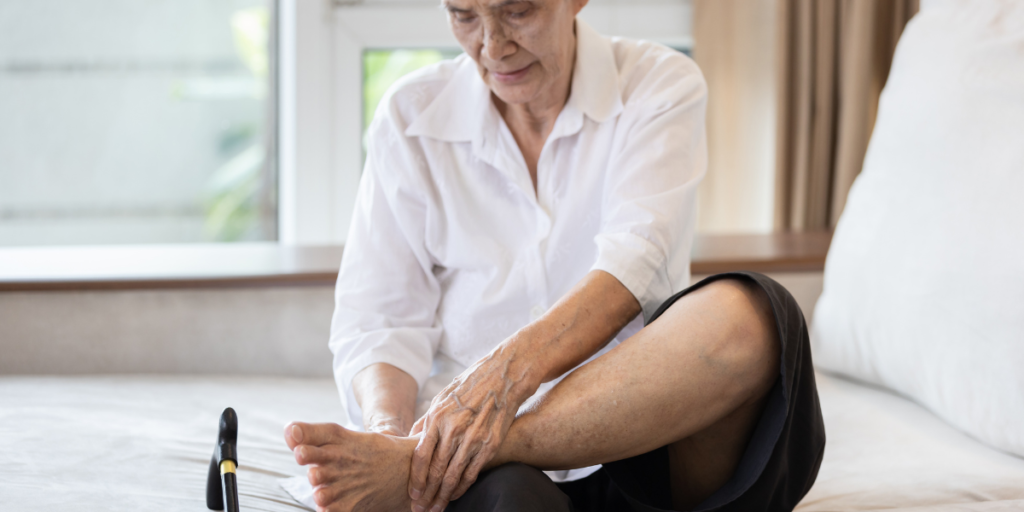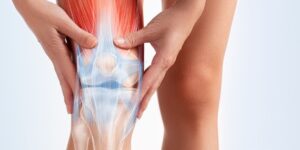Welcome to a comprehensive exploration of the realities of living with Peripheral Artery Disease (PAD). In this article, we will uncover the challenges, symptoms, treatments, and lifestyle adjustments that come with this condition. PAD is a widespread yet often underestimated vascular disease that affects millions of people worldwide. Let’s shed light on the impact of PAD and how individuals can manage and cope with this condition effectively.
Peripheral Artery Disease is a circulatory condition characterized by the narrowing of arteries, usually due to the buildup of plaque. This narrowing limits blood flow to the limbs, most commonly affecting the legs. Reduced blood flow can result in symptoms such as leg pain, cramping, numbness, and weakness, especially during physical activity. Over time, PAD can lead to serious complications, including non-healing wounds, infections, and, in severe cases, amputation.
Symptoms and Diagnosis
One of the challenges of PAD is that its symptoms can often be mistaken for signs of aging or other conditions. Individuals with PAD may experience pain or discomfort in the legs while walking or climbing stairs, known as intermittent claudication. Other symptoms include coldness in the lower leg or foot, sores that won’t heal, and changes in skin color or texture. A proper diagnosis of PAD often involves a physical examination, ankle-brachial index (ABI) test, ultrasound, or angiography to assess blood flow in the affected limbs.
Treatment Approaches
Managing PAD involves a multifaceted approach aimed at improving blood flow, relieving symptoms, and reducing the risk of complications. Lifestyle modifications like regular exercise, smoking cessation, a healthy diet, and weight management play a crucial role in PAD management. Medications such as antiplatelets, statins, and medications to control blood pressure and blood sugar levels are commonly prescribed. In advanced cases, procedures like angioplasty, stenting, artherectomy, or bypass surgery may be necessary to restore blood flow to the affected limbs.
Lifestyle Adjustments
Living with PAD often requires significant lifestyle adjustments to maintain vascular health and overall well-being. Regular exercise, particularly walking and supervised exercise programs, can help improve circulation and alleviate symptoms. It’s important to avoid prolonged sitting or standing, as well as maintain a healthy weight to reduce pressure on the arteries. Additionally, managing other risk factors such as high cholesterol, diabetes, and hypertension is essential in controlling the progression of PAD.
Coping Strategies and Support
Coping with the challenges of PAD can be emotionally and physically draining for individuals and their families. Seeking support from healthcare professionals, support groups, or counseling services can provide valuable guidance and encouragement. Developing resilience through positive thinking, self-care practices, and maintaining a strong support network can help individuals navigate the daily challenges of living with PAD.
Living with Peripheral Artery Disease presents unique challenges that require a proactive and holistic approach to management. By understanding the symptoms, treatments, and lifestyle adjustments associated with PAD, individuals can take control of their vascular health and maintain a high quality of life. If you or a loved one is dealing with PAD, remember that support and resources are available to help you on your journey to better vascular health. To learn more about managing PAD and vascular health, reach out to VidaVascular for expert guidance, treatment, management, and care.




